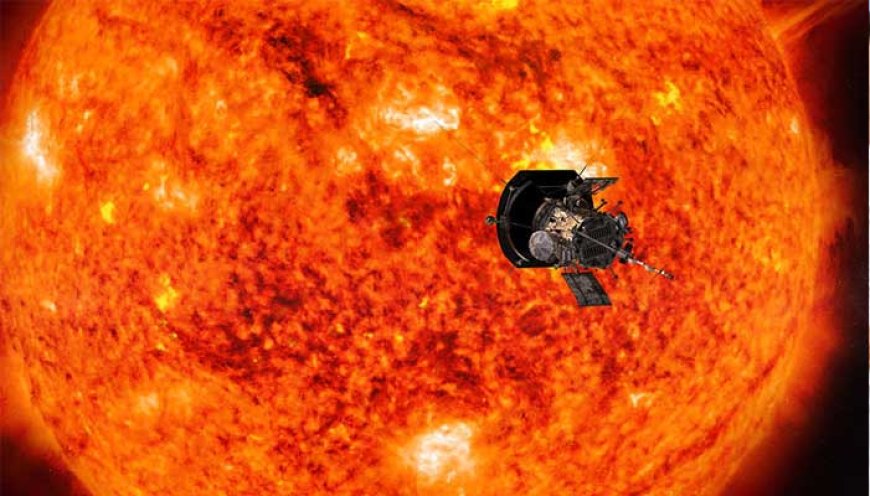Nasa declares spacecraft 'safe' after record-breaking Sun approach

1. Probe is expected to send detailed telemetry data about its status on January 1
NASA announced on Friday that its Parker Solar Probe is "safe" and performing as expected after achieving the closest approach ever made by a human-made object to the Sun.
On December 24, the spacecraft passed just 3.8 million miles (6.1 million km) from the Sun’s surface, flying into the Sun’s outer atmosphere, known as the corona, as part of its mission to provide scientists with deeper insights into Earth’s closest star.
During this closest approach, referred to as perihelion, mission teams temporarily lost direct communication with Parker, instead relying on a "beacon tone" to confirm the spacecraft's status. NASA confirmed that the operations team at the Johns Hopkins Applied Physics Laboratory in Maryland received the signal just before midnight on Thursday.
The spacecraft is expected to send detailed telemetry data regarding its status on January 1, NASA added.
Traveling at speeds of up to 430,000 mph (692,000 kph), Parker endured temperatures as high as 1,800 degrees Fahrenheit (982 degrees Celsius).
"This close-up study of the Sun enables Parker Solar Probe to take crucial measurements, helping scientists better understand how material in this region is heated to millions of degrees, trace the origins of the solar wind, and uncover how energetic particles are accelerated to near light speed," the agency explained.
Launched in 2018, the Parker Solar Probe has been gradually getting closer to the Sun, using Venus flybys to adjust its orbit. This Christmas Eve flyby marks the first of three record-setting passes, with the next two — on March 22, 2025, and June 19, 2025 — expected to bring the spacecraft to a similarly close distance to the Sun.

















































